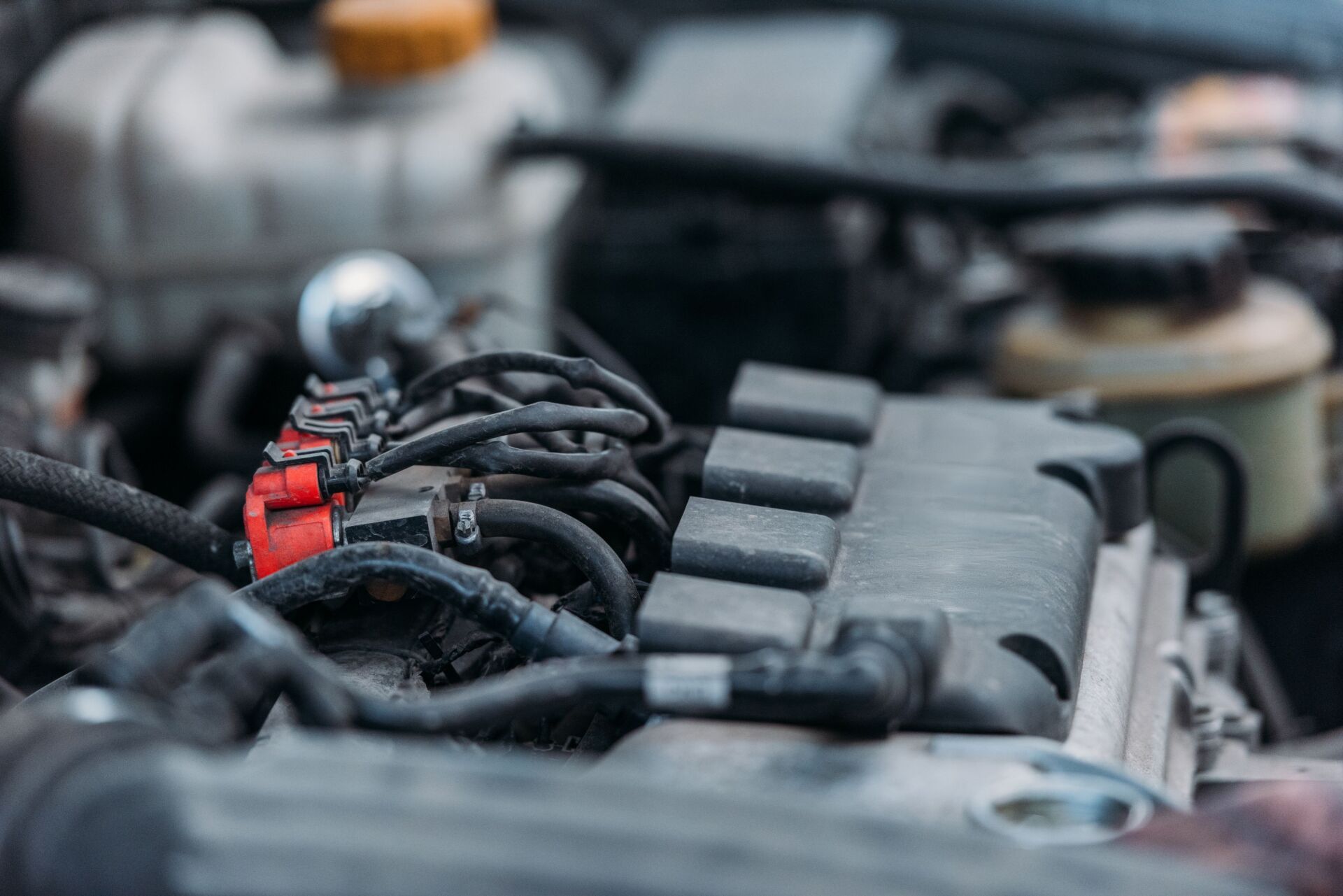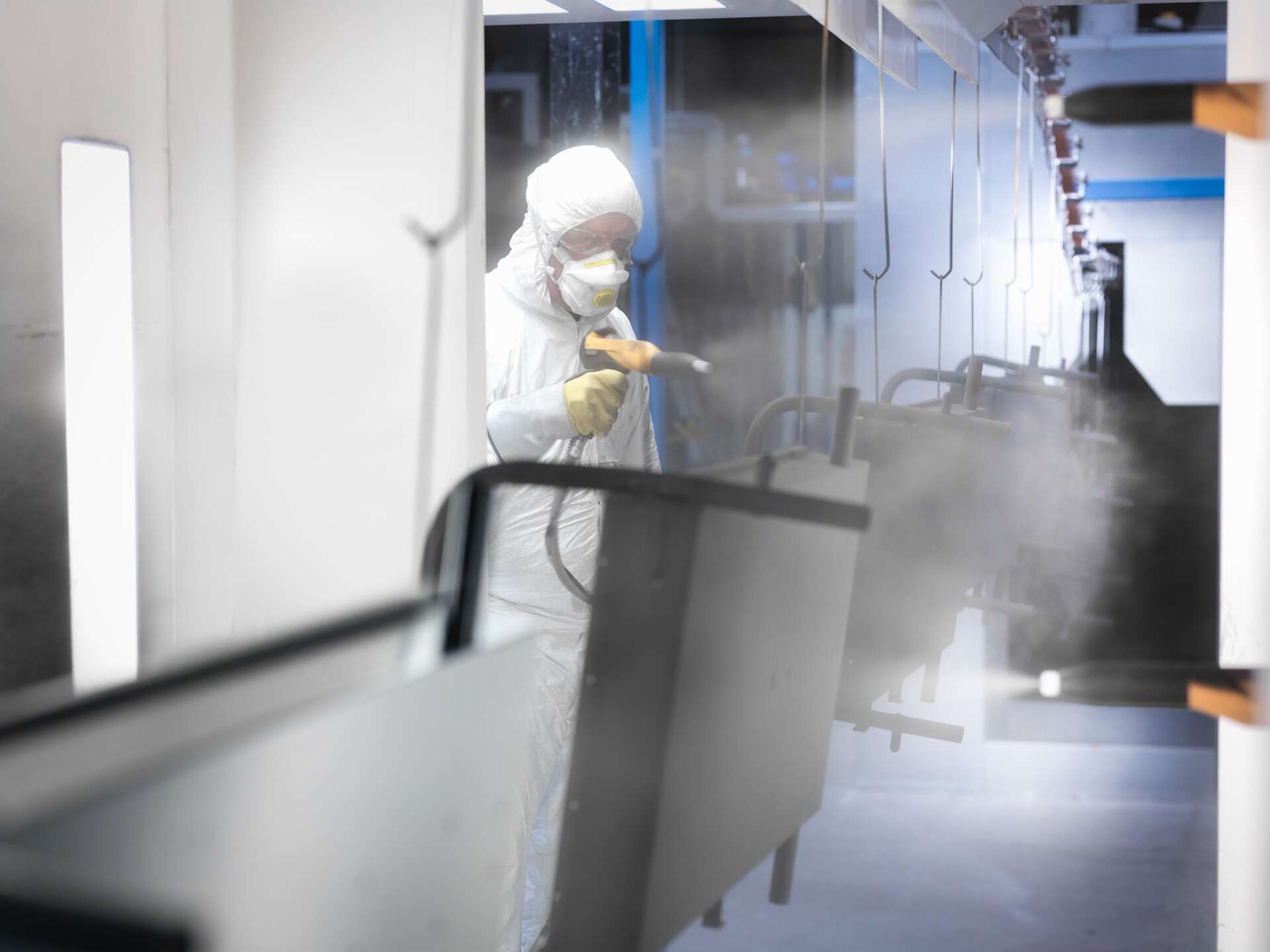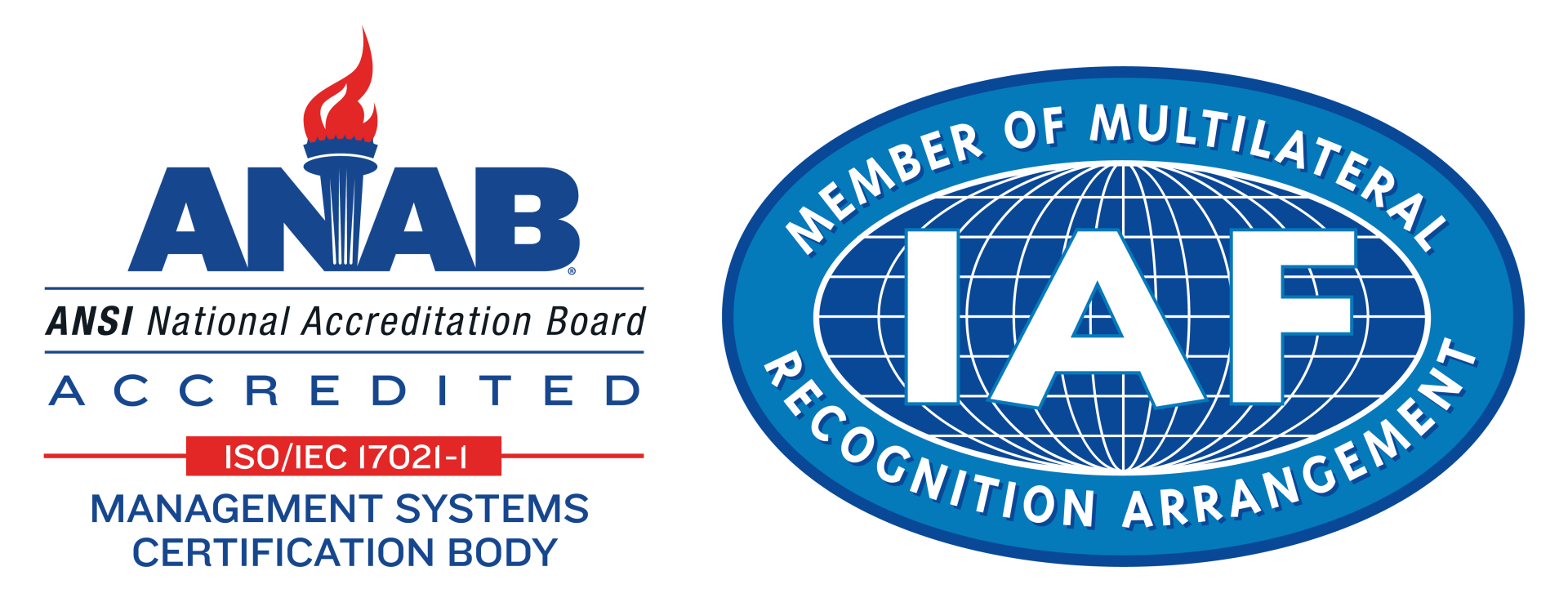FLUID BED POWDER COATINGS
OPTIMAL SURFACE COATING
WHAT DOES IT DO?
For many decades, fluidized beds have been used to cover parts with plastic powder resins. Fluidized bed powder coating consists of immersing a hot part into a bed of powder, allowing the powder to melt on the part and build a film, and subsequently providing enough time and heat for this film to flow into a continuous coating. Typical thickness for this method ranges from .007”-.025”, with no drip activity.
How Does Fluid Bed Powder Coating Work?
A fluidized bed coating will generally apply a thicker coating than traditional electrostatic spray applications. This means that it will smooth over any small, metal imperfections that the part or product might have. Fluidizing the powder mimics the action of liquid dip coatings and eliminates the faraday cale effect of electrostatic spray, allowing the powder to build on all surfaces, including inside corners, and welded wire products where spray applications have problems.
Popular Uses of Fluid Bed Powder Coating
- Corrosion and abrasion resistance
- Chemical and thermal resistance
- Vibration and sound deadening
- Electrical insulation
- High and low coefficient of friction
- Wear
- Lubricity
- Feel/touch
- Material handling products such as baskets, trays, fixtures and tooling to protect against metal to metal contacts/scratches, etc.
- Epoxy
- Nylon
- Vinyl
- Polyethylene
- Polyolefins
- Polyester
- Polypropylene
- Halar
The Fluid Bed Powder Coating Process
Typically, a fluid bed powder coated part is carefully preheated in a conveyor oven and then dipped into the fluidized bed. It is reheated to make the powder fuse out and finally cooled down to room temperature. Sometimes, the reheating isn’t needed, as the heat energy already in the part is sufficient to get the powder to fuse. Cooling is either done in air or water as necessary.
Professionally Powder Coating Even the Smallest Details
At Precision Dip Coating, we have spent over 30 years of perfecting our powder coating process to ensure that we exceed our clients' needs and elongate the lifespan of their parts/products. If you are looking for a company with fast, efficient fluid bed powder coating services, contact the professionals at Precision Dip Coating today. We would be happy to walk you through our process and give you a definitive timeline before starting!
FREQUENTLY ASKED QUESTIONS ABOUT FLUIDIZED BED COATING
Of the two common techniques for applying powder coatings, fluidized bed coatings typically create thicker coatings than electrostatic spraying and can be used in situations when electrostatic spraying may be less effective. Here are some answers to some common customer questions about fluidized bed coatings.
-
How does fluidized bed coating work?
The fluidized bed technique involves immersing a preheated part into a bed of fluidized powdered polymer resin which melts when it comes into contact with the heated part. An additional heat curing is usually applied to cure the coating.
-
What coatings can be applied by fluidized bed?
The fluidized bed technique is best suited to thermoplastic (remeltable, reusable) resins rather than thermoset (permanently changed when heated) materials. Common thermoplastic coating choices include:
- Epoxy
- Vinyl
- Nylon
- Halar
- Polyethylene
-
Is fluidized bed or electrostatic spray coating better?
Both processes produce excellent results, but some projects are better suited to one process or the other. Some characteristics of products which may benefit more from the fluidized bed technique include when:
- They have complex shapes or wire meshes which can trigger a faraday cage effect, generating poor results
- A thicker coating is required
- Multiple parts need to be rapidly coated—a single dip can quickly manage parts in bulk
-
What products are typically coated with a fluidized bed?
Products which commonly make use of the fluidized bed technique include baskets, brackets, face masks, wire racks, and other wire goods.
-
What are some drawbacks of the fluidized bed coating technique?
While the fluidized bed technique offers some excellent advantages, it does possess some disadvantages, including:
- Small details may be obscured, including serial numbers, burrs, and similar features or flaws
- Coatings may be thicker than desired
- A reservoir of powder must be of sufficient depth to accommodate parts
LEARN MORE WITH OUR BLOGS
HAVE QUESTIONS?
Thinking of starting a project and want to know if we're the right fit to work with you? We would love to answer any question that you may have. Precision Dip Coating is located on 176 Chase River Rd, Waterbury, CT 06704, United States and can help you step in the right direction with your project. Additionally, you can email sales@precisiondipcoating.com for more information.
ISO 9001:2015 Certified
ABOUT
SERVICES
CONTACT US
CONTACT USThe information on this website is for general information purposes only. This information is not intended to create, and receipt or viewing does not constitute, a manufacturer and client relationship. Precision Dip Coating is licensed & insured for the job. Call 203-805-4564. Email with any questions you may have regarding this website, or anything associated with it.
All Rights Reserved. This website was designed, SEO optimized, and marketed by DeveloMark.









